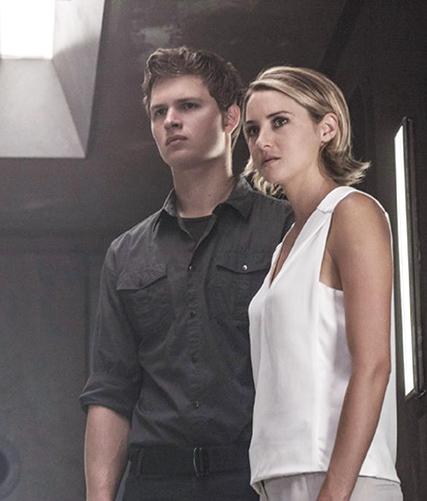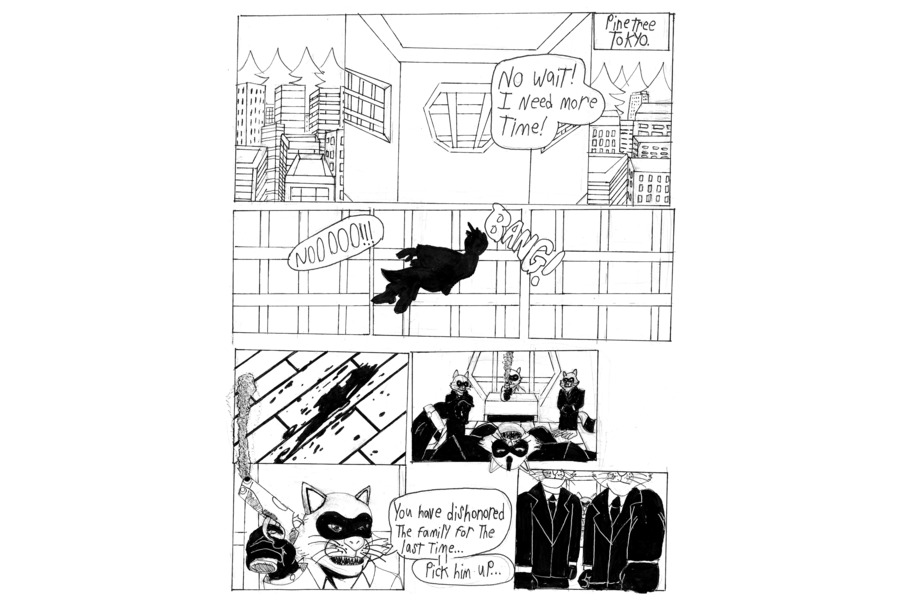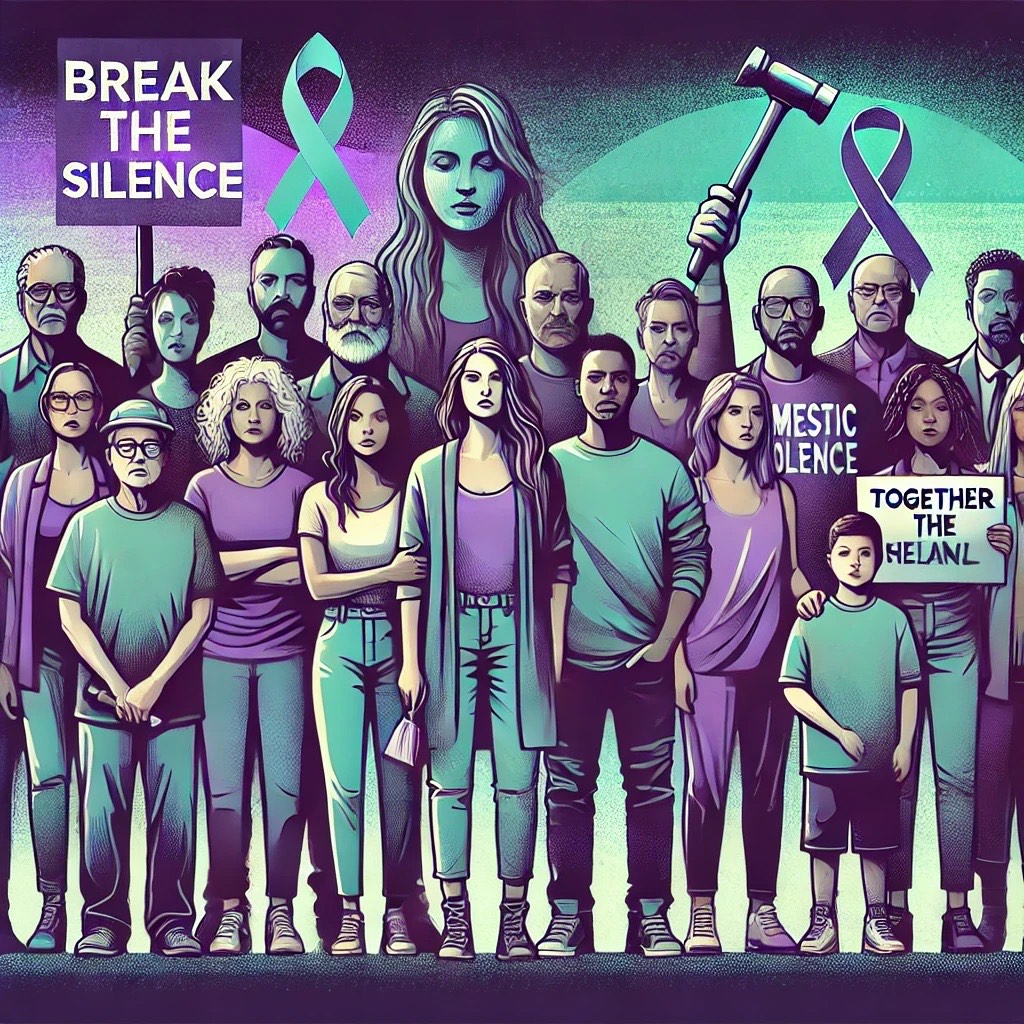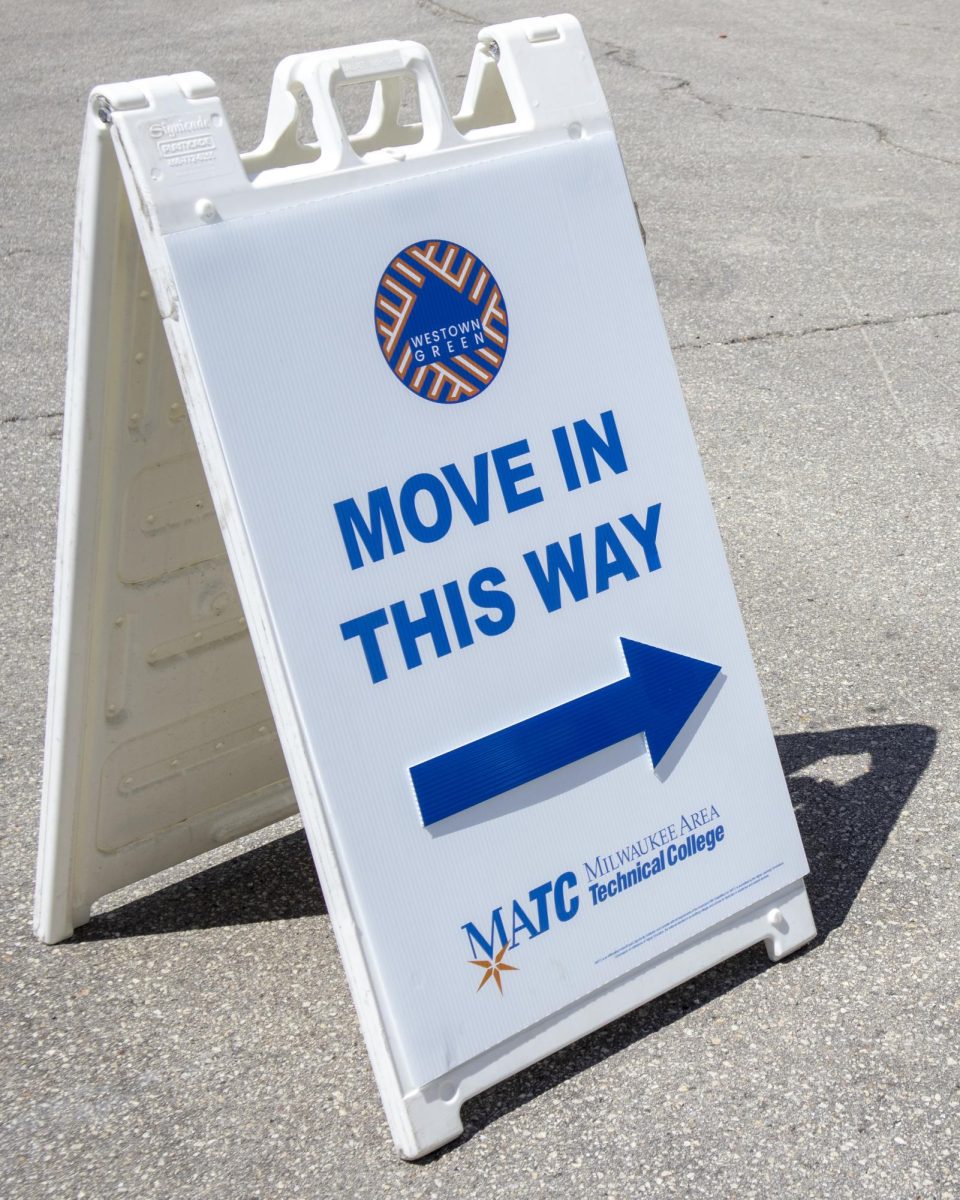‘Allegiant’ is more dull than dazzling
Of all the post-apocalyptic young adult trifles, the “Divergent” series has been the sexiest thanks to the steamy make-outs between stars Theo James and Shailene Woodley but it’s also strangely the most sanitized.
In the third installment, “Allegiant” (or rather “The Divergent Series: Allegiant Part 1”), there’s an attempt to dirty things up a bit, venturing outside the wall that separates Chicago from everything else.
But all the toxic rain and tent cities in the world can’t give this film a true sense of earthy viscera. Despite all the brawling, shooting and kissing that goes on, these films are entirely bloodless.
Jennifer Lawrence carries “The Hunger Games” series with a throaty raw intensity of performance, and even “The Maze Runner” films have a zip of sweaty adrenaline going for them, but “Divergent,” “Insurgent,” and now “Allegiant” are a trio of interestingly designed snoozes.
It could be the casting as tough but sweet Tris, Woodley just doesn’t have the ferocity of Lawrence, but then again, no one does.
There’s no love triangle tension, and Tris and Four (James) remain as deeply committed and in love as ever, their devotion unwavering.

Ansel Elgort and Shailene Woodley in “The Divergent Series: Allegiant.”
The real culprit is the plotting, which is at once overly complicated (something about genetically modified humans starting a nuclear civil war 200 years ago, then they did an experiment to un-genetically modify them, but there’s a civil war there now and Jeff Daniels is going to lose his funding if Tris doesn’t go with his plan, and also they’re stealing kids from a tent city using amnesia gas) and overly simple (it all comes down to pushing a button.)
Directed by Robert Schwentke, who also helmed “Insurgent,” there’s more of a fixation on the whiz-bang technology than there is on the story.
Perhaps because there’s not much there, despite all the mumbo jumbo details. The young protagonists get out of the walled in territory, realize that things are lame out there too, then go back.
But ooh look! Personal drones and memory tabs and floating plasma blobs and surveillance pods. Neat!
The tech allows the filmmakers to skirt storytelling restrictions that the film would otherwise face, and which might actually inject some suspense into the proceedings.
But nope, instead of wondering what’s going on in Chicago, their surveillance pods allow them to observe things unnoticed.
If they can’t see what’s behind a door, there’s a drone to scout. These devices are all too facile, and drain the film of tension.
This desire to break out of systems of control is at the core of the “Divergent” series.
In “Allegiant,” once they break out of the old system, they find themselves in a new, bigger one, but with the same bureaucracy and dictatorial intent focused on categorizing and dividing people by trait, creating hierarchical structures that decimate the notion of equality. Millenials just aren’t having that.
Ultimately, if there’s one thing that post-apocalyptic young adult films reassure us of, it’s that teens are society’s cockroaches– they can survive anything.
Their raging hormones, recklessness, and wise-guy quips (courtesy of Miles Teller) will withstand any nuclear fall out.
But more than anything, the teen war on rules will never die, and “Allegiant” testifies to that.


























































